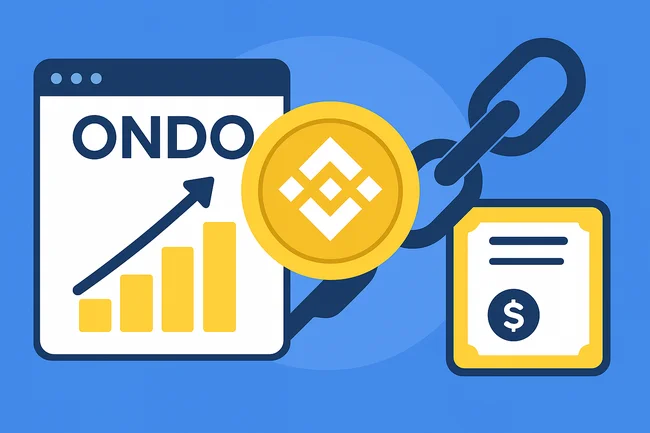Dynamic Governance Models refer to systems that allow for flexible and responsive decision-making within blockchain networks. Unlike traditional governance, which often relies on rigid structures, these models adapt to changing conditions and community needs.In a dynamic model, stakeholders, including developers, users, and holders, can participate in the decision-making process. This often involves voting mechanisms or consensus protocols that evolve based on the network’s requirements. Such adaptability is crucial for addressing challenges like network upgrades, policy changes, or dispute resolution. Community engagement is a core element, enabling diverse voices to influence the direction of the project. This can foster innovation and improve the overall health of the ecosystem. Dynamic governance also promotes transparency, as decisions and their rationales are usually recorded on the blockchain. Ultimately, these models aim to create resilient, democratic environments that can better respond to the fast-paced changes typical in the sector.

Ondo Global Markets Expands Tokenized Stock Platform to BNB Chain
Ondo Global Markets, a tokenized stock and exchange-traded fund (ETF) platform, has expanded its operations to BNB Chain, one of



